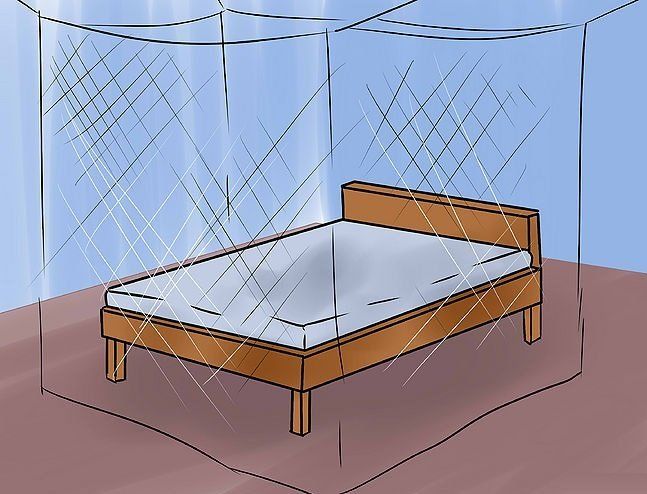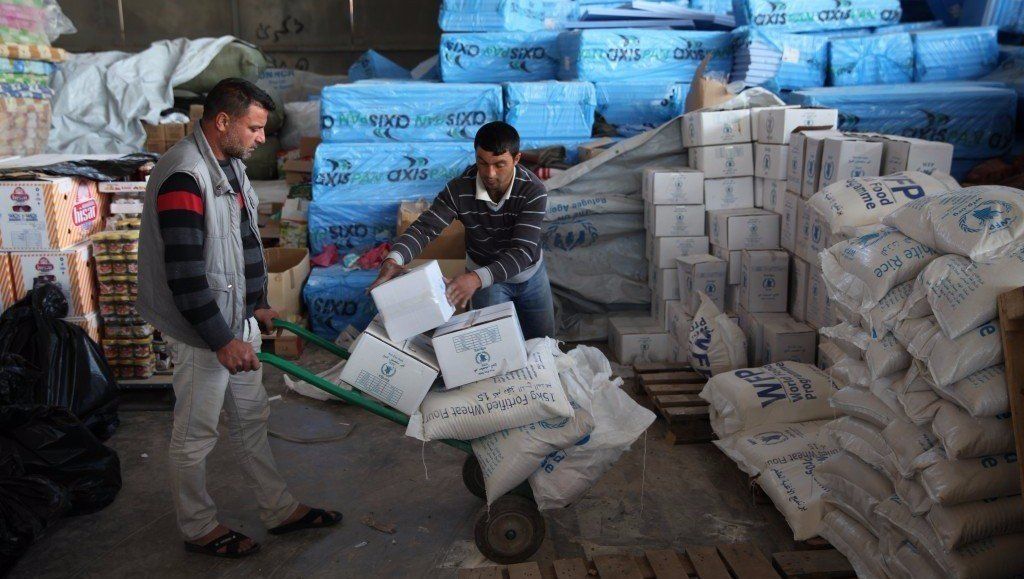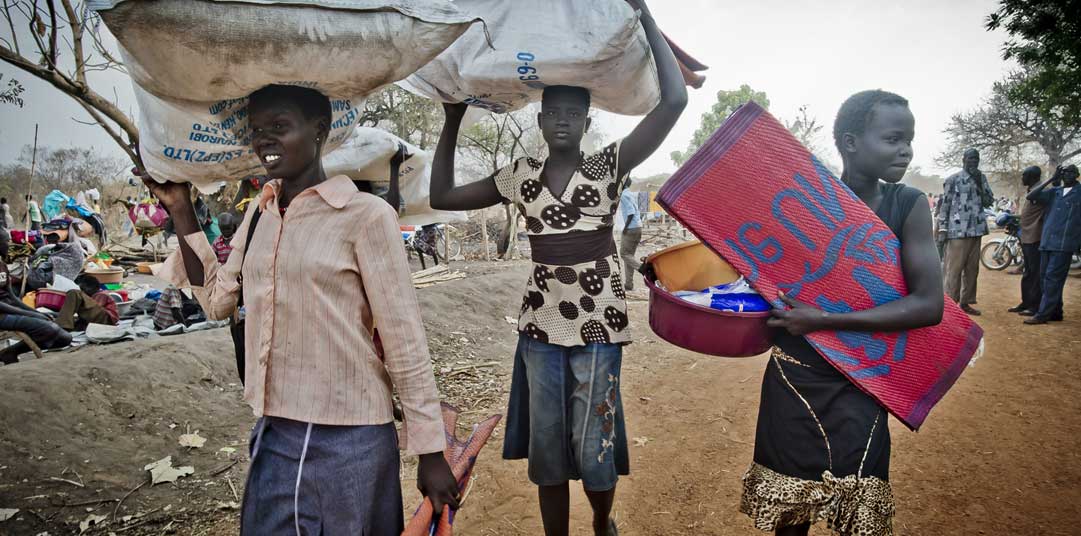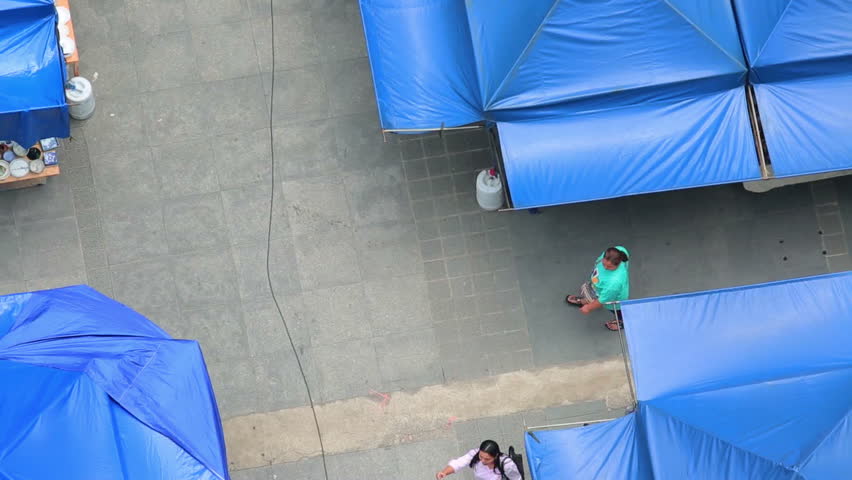Why Use Long Lasting Insecticidal Nets? How Malaria Can Be Avoided?
- By finchzane
- •
- 27 May, 2017
- •
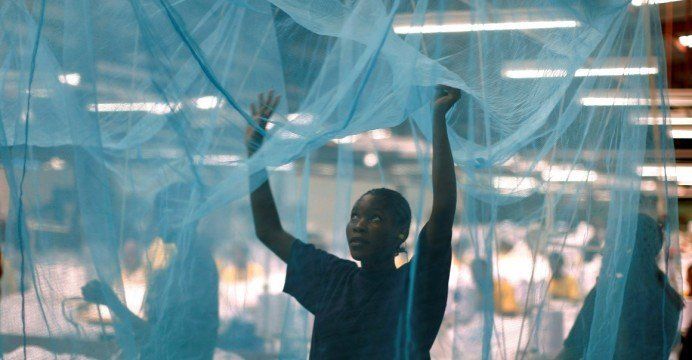
Ask the importance of insect nettings from those who live mostly in the marshy or those areas where there the mosquitoes and other insects are in abundance. In rainy or monsoon season the demand of these nettings increase many fold and people dearly want it to save themselves from deadly diseases.
These diseases include,
- Malaria
- Dengue
- Yellow fever
- Chikungunya
- West Nile virus
- Filariasis and lot more
Prevention:-
Malaria and dengue are two of the most deadly diseases in the world so to stay safe and away from the mosquito bites people need to make sure they do these little but important things.
What people need to do:-
- Use long lasting
insecticidal nets
in the summers or when there are mosquitoes.
- Wear full sleeves and don’t wear shorts and nickers.
- Use any mosquito lotion (use carefully if you have skin
allergy).
- Don’t let shallow water around the houses or in locality.
- There should not be dig ups around the houses where water
stays after the rain.
- Cover all water containers.
- Close the windows and doors at the dawn and in the dusk.
- Always use fans in the summers or in monsoon days.
- Clean the house regularly.
- Wipe off all the larva’s if found anywhere.
- Don’t let garbage accumulate near the house or in the house.
- Don’t sleep outdoors until it’s necessary.
- Children must be taken care off.
Types of nettings:-
Usually two types of nettings are used to stay safe from the mosquito bites and other insects that can cause diseases.
- Conventional
- LLINs
Conventional:-
The conventional nets are made from a normal mesh. Usually they are treated by dipping them in the pyrethroid solution which is known to be an insecticide. This dipping is either done by the health workers or the domestic users themselves.
Conventional nettings need to be dipped again in the insecticide after three washes or after 6 months to make sure that they are effective against the insects especially mosquito or not.
Long Lasting Insecticidal Nets (LLINs):-
Long lasting insecticidal nettings are normally treated in the factories. Basically the fibres of these nettings are coated by the insecticides to make them effective against insects. The main advantage of these nettings is that they are equally effective even after 20 washes.
Another big advantage of LLINs is that they don’t need to be treated with insecticides or dipped because insecticide once coated on them stays for a life time. These are the reasons why they are the most sold ones all around the world.
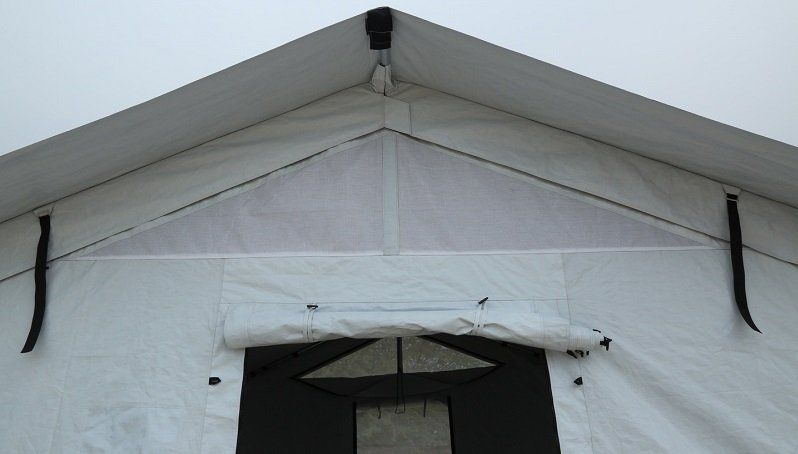
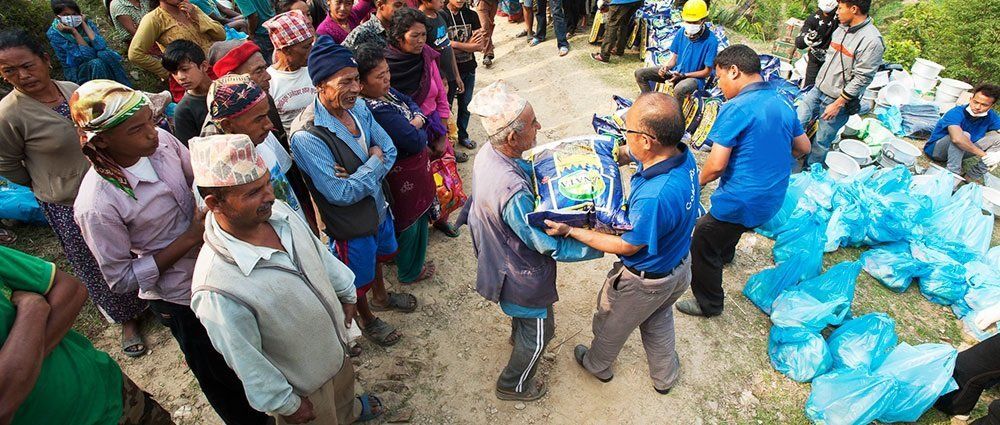


The situation of displaced people cannot be explained in its true sense. Just think what if somebody takes away the ground under your feet. The snapshots of the ground realities gives a different picture. Each catastrophe is different in extent and scope and the products to be provisioned has to adhere to the special requirements. First things first; the rescue operators have to save precious human lives. Next people want food and water to survive.
